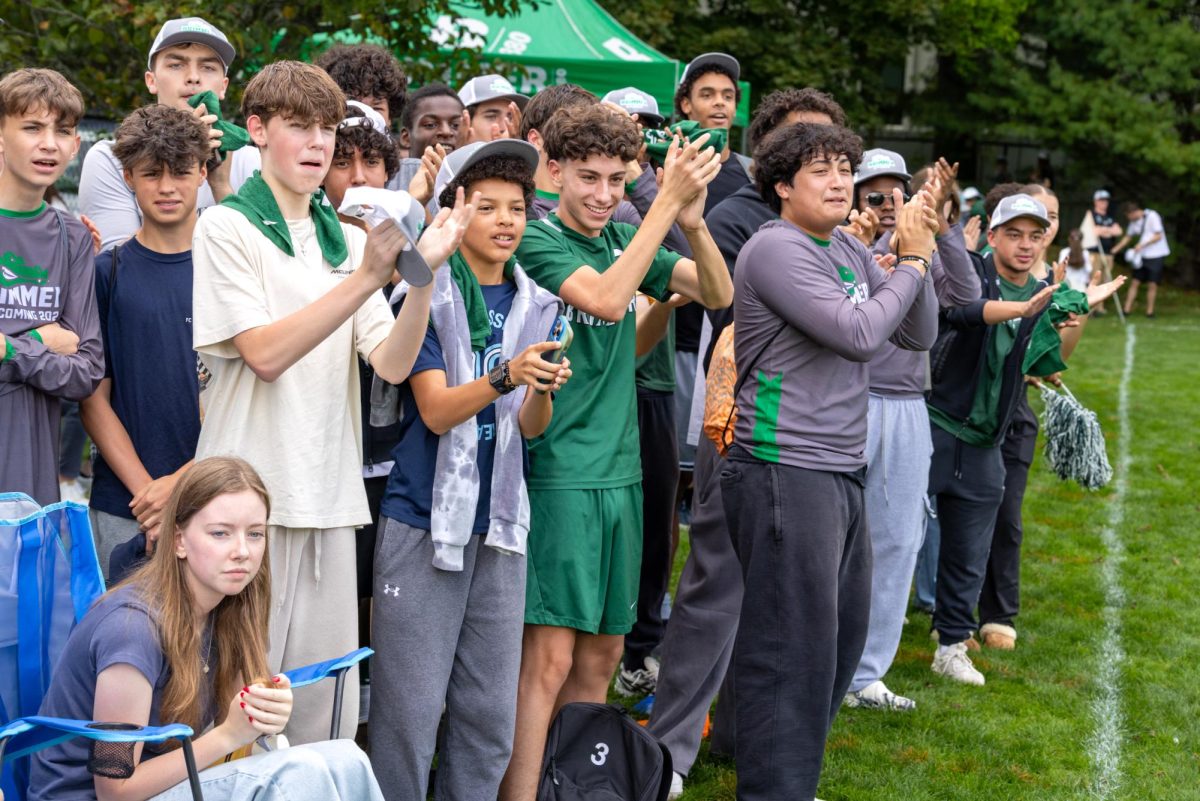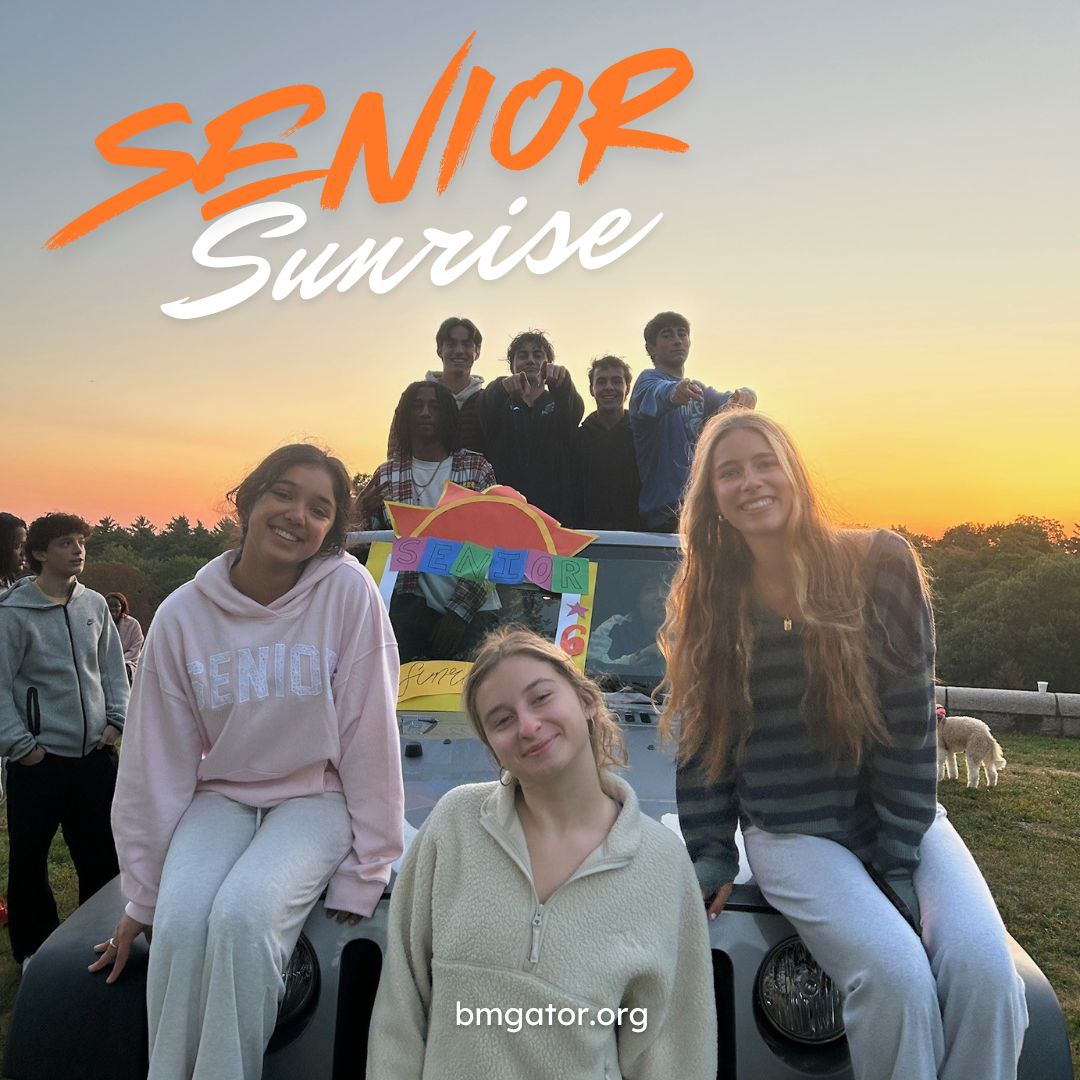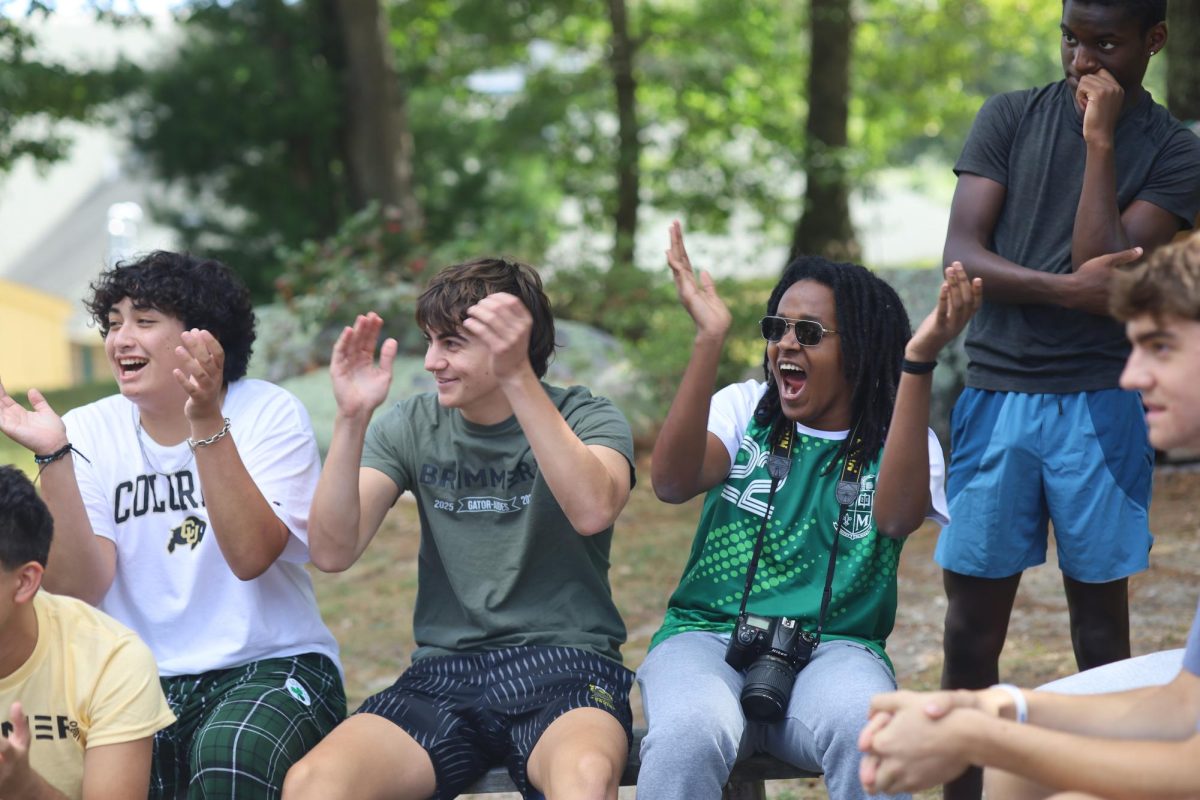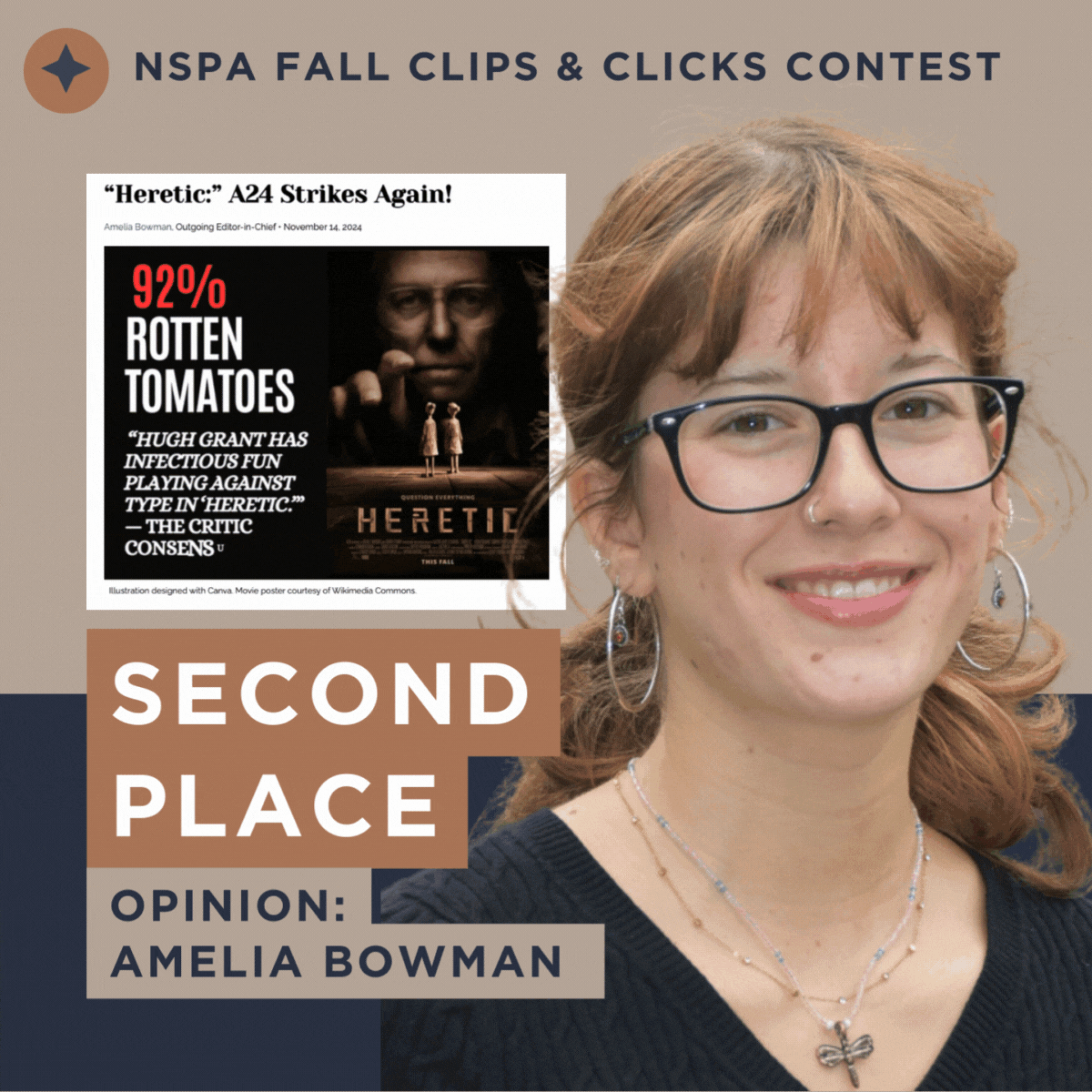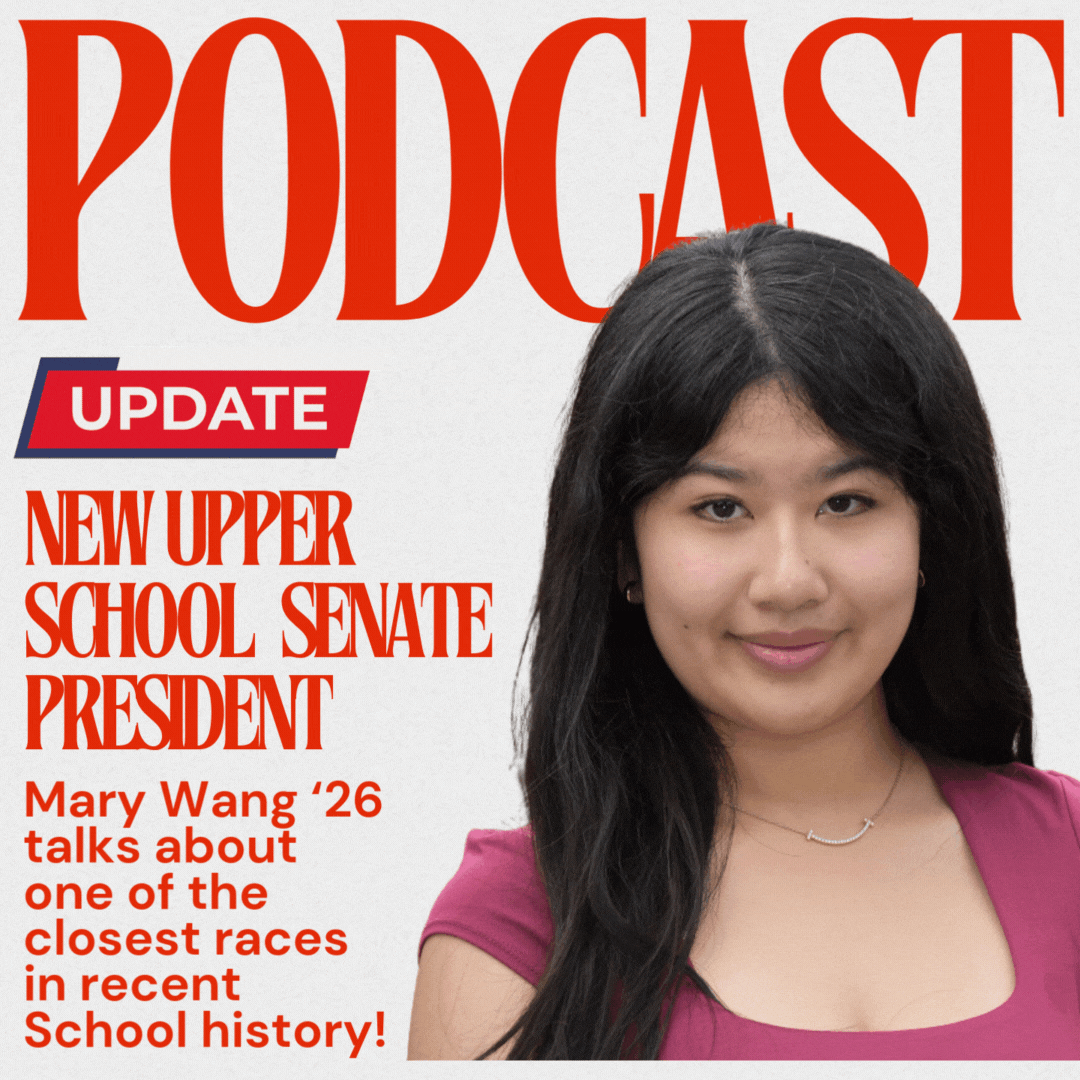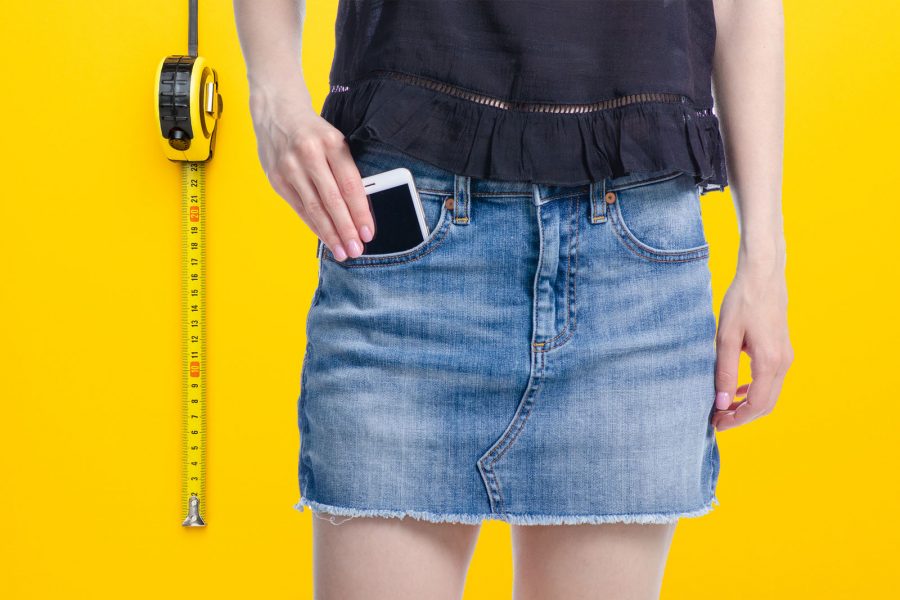Editorial: The Consequences of Selective Dress-Coding
February 5, 2020
The dress code has been a contentious issue for years, dividing students, faculty, and administrators. Its intention is clear: to ensure that students dress professionally in an academic environment.
The School’s dress code is, for the most part, fair. Prohibited garments include clothing with offensive language or pictures, hats, ripped clothing, sweatpants, and high heels exceeding three inches.
The 2019-2020 handbook also bans “clothing that shows the stomach or the chest” and skirts, dresses, or shorts resting above the “mid-thigh,” more difficult policies for girls as crop tops, mini-skirts, and leggings gain popularity in mainstream culture. Nevertheless, there are plenty of ways for students, regardless of their gender identity, to express their style within the bounds of the dress code.
The issue is not the rules themselves, but how and when they are enforced. Girls with larger breasts and butts are often dress-coded for wearing low-cut tops and leggings, while girls with smaller features rarely face the same penalty.
Targeting certain girls and not others reinforces the idea that female bodies are inherently sexual and unfairly punishes people for physical characteristics that they cannot control.
For far too long, the argument by some has been that wearing “revealing” clothing distracts the opposite sex. Unfortunately, this has the effect of normalizing the objectification of women, teaching young girls in the process that their bodies are meant to remain hidden.
Meanwhile, boys rarely face this same stigma. While male students often wear sweatpants, athletic shorts, and baseball caps in school, they consistently face fewer dress code violations than girls. This double standard must be at least partly attributed to conscious or unconscious gender discrimination.
If schools are going to have a dress code, which is well within their rights, teachers and administrators must enforce it for everyone, regardless of their sex or body type.
Selective enforcement unintentionally distorts students’ perceptions of what is right and wrong for them and their peers to wear. No one deserves to be labeled “unprofessional” for simply taking up physical space.
At the same time, students must make an effort to follow the dress code to the best of their ability. Rules, when they function effectively, define a community’s common values. When they are transgressed repeatedly, a loss of mutual trust and respect inevitably follows.



